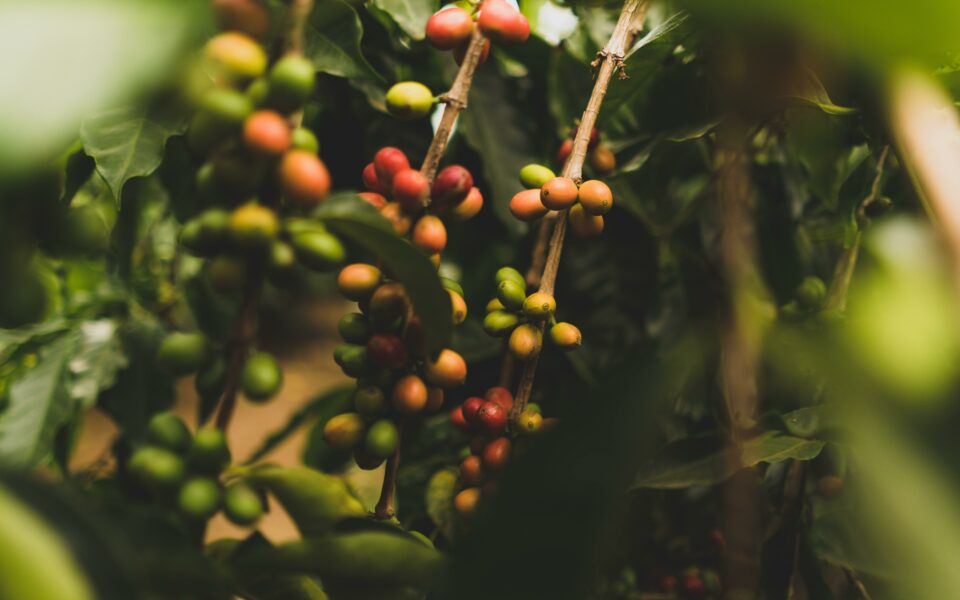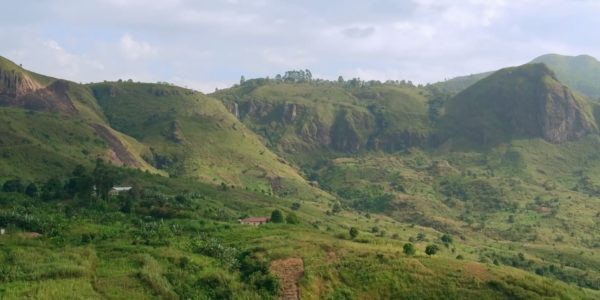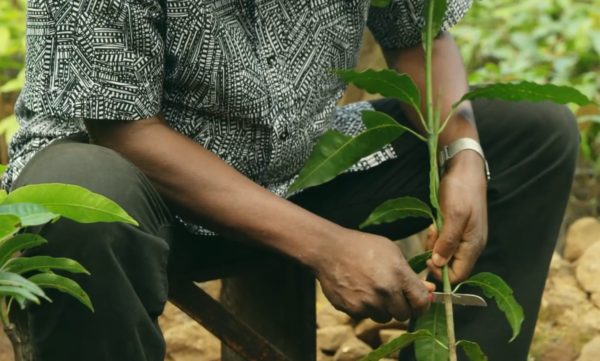
Agroforestry Insights Bring New Hope to Cameroon’s Farmers
CBI partner, Dr. Zac Tchoundjeu, is featured in this National Geographic Explorer's Journal entry.
"If I’m a farmer in Cameroon the true reality is that I’m not part of the value chain of cash crops on international market. I’m the victim of the prices, fixed every year by big companies” says Dr. Zacharie Tchoundjeu, Regional Coordinator for the World Agroforestry Centre of West and Central Africa, and 2012 National Geographic/Buffett Award recipient.
For decades, this has been the tragic reality for many African farmers. Prices for cash crops like cocoa, coffee and rubber are fixed by corporations. There are no government subsidies to make up the loss in income when they sell their crops at a lower price. What’s worse, the raw materials of these cash crops cannot be used for the farmer’s most immediate need: putting food on the table.
But the World Agroforestry Center aims to break this chain of poverty by empowering these local farmers with techniques that will diversify their crops and feed their families. “We’re working on diversifying the crop system in the region. Instead of relying only on cocoa and coffee we put more effort on domesticating high value fruit trees and medicinal plants,” says Tchoundjeu.

In the 1990s, Tchoundjeu and his team began establishing community hubs in West Africa where farmers could learn how to integrate these indigenous trees into their regular cropping system. At these Rural Resource Centers, farmers learn basic techniques like rooting, marcotting, and grafting that allow a tree to fruit in a fraction of the time it would otherwise take. “[The key to] tree domestication is to grow in the natural state, select good trees, bring them into your context and in your home garden, and manipulate them to produce what you want in a very short time” says Tchoundjeu, whose face radiates with the confidence and joy of someone who has found his calling. “You select the mother tree according to the fruit they are already producing. If they are good, big fruit, very sweet fruit … then you say, oh that’s the characteristic I want.”

Not only do these agroforestry practices generate a larger yield for the farmer, they also protect and improve the quality of the existing crops. “This is a diversified system which is ecologically more stable. It solved the problem of wind erosion, it solved the problem of soil fertility.” It’s a win-win: the farmer and his family are insulated from fluctuating prices and the resulting product is more attractive to the market.
While the financial protections are meaningful, Tchoundjeu has seen the Rural Resource Centers effect change on a deeper level as well: self-confidence. “With this simplified technology, a farmer develops the entrepreneurial spirit. He knows that by producing the plant [he] can get money from the plant” he explains. This creative approach to agriculture is not just cutting poverty across rural Africa, it’s also empowering a generation of farmers to think for themselves. “Through this the farmer can be there on their own, get back to their human feeling, and be proud of the agriculture they are doing.”
Posted by Andrew Howley of National Geographic Society in Explorers Journal on JUNE 14, 2017